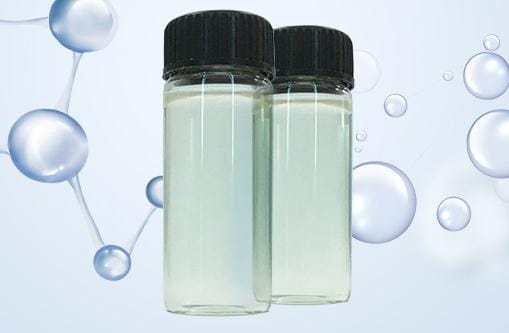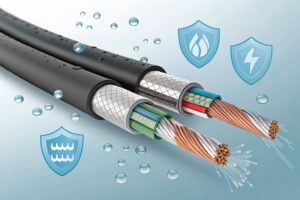Overview of carbodiimide
Polyurethane materials have a wide range of uses. Polyurethane elastomer is an important part of polyurethane materials. The products obtained by the reaction of polyester polyols and isocyanates have been recognized by the market for their excellent impact resistance and abrasion resistance.
application of carbodiimide
Carbodiimide’s application include polyurethane thermoplastic elastomers, polyurethane microporous elastomers, etc. Specific products application include mudguards, Instrument panels, windshield sealing strips, mining conveyor belts, PU soles and various lining materials, etc. In addition, polyester resins such as PET and PBT have also been widely used.
Carbodiimide has long been used as a hydrolysis stabilizer for polyurethane products. It can be applied to polyurethane materials such as foam, automotive interiors, various inner lining materials and other fields to make the final product have good hydrolytic stability.
Carbodiimide can react with active hydrogen-containing substances, so it can be used as a crosslinking agent for coatings, adhesives, etc. Carbodiimide-containing polyester and polyurethane have heat and moisture stability, so carbodiimide is widely used as a hydrolysis stabilizer for polyester resins and urethane materials.
The mechanism of carbodiimide’s hydrolytic stabilization
The mechanism of carbodiimide’s hydrolytic stabilization is that the ester group is easily hydrolyzed to generate carboxylic acid, and the presence of carboxylic acid accelerates the hydrolysis of the ester group. The carbodiimide in the material can easily react with the generated carboxylic acid and form Stable urea, thereby improving hydrolytic stability.
Application example
1. Carbodiimide as anti-hydrolysis agent for polyurethane and polyester plastics
Hydrolysis is the most fatal weakness of the polymer produced by the polycondensation reaction. Hydrolysis causes the mechanical properties of the polymer to be lost after a period of time, which seriously affects its performance and application range. When the polyester polymer is exposed to water or moisture for a long time, the polyester segment will undergo a hydrolysis reaction and break to form a carboxyl group. The carboxyl group can promote the hydrolysis of the polyester. Carbodiimide is used to react the carboxyl group in the system to form a stable ureide. , Thereby inhibiting the continuation of hydrolysis and improving the hydrolysis resistance of the polymer.
Moreover, because polycarbodiimide contains multiple functional groups, it can not only play the role of end-capping, but also play the role of chain extension to a certain extent, and the effect of inhibiting hydrolysis is better. It has become a hot spot in the research of hydrolysis stabilizers in recent years. .
2. Cabodiimide as epoxy resin adhesive and crosslinking agent in coating industry
Polycarbodiimide is a good crosslinking agent for waterborne resins containing carboxylic acid groups. Most of the water-dispersible coating products improve the stability of the emulsion by introducing carboxyl groups.
Polycarbodiimide can react with the carboxyl group at room temperature and solidify quickly, with low toxicity and sufficient retention time to make polycarbodiimide. It provides an effective way for the development of high-performance water-soluble finishing agents. Compared with the coating without crosslinking agent, this coating has good antifouling, solvent resistance, salt spray resistance and higher hardness.
At present, the research on polycarbodiimide crosslinking agent mainly focuses on two aspects. On the one hand is the improvement of synthetic raw materials, such as looking for new catalysts and preferred diisocyanates, adding a certain catalyst inhibitor to increase the storage stability of the product; on the other hand is the modification of polycarbodiimide, such as the new The active groups make it hydrophilic, which can be better used in water-based finishing agents.







